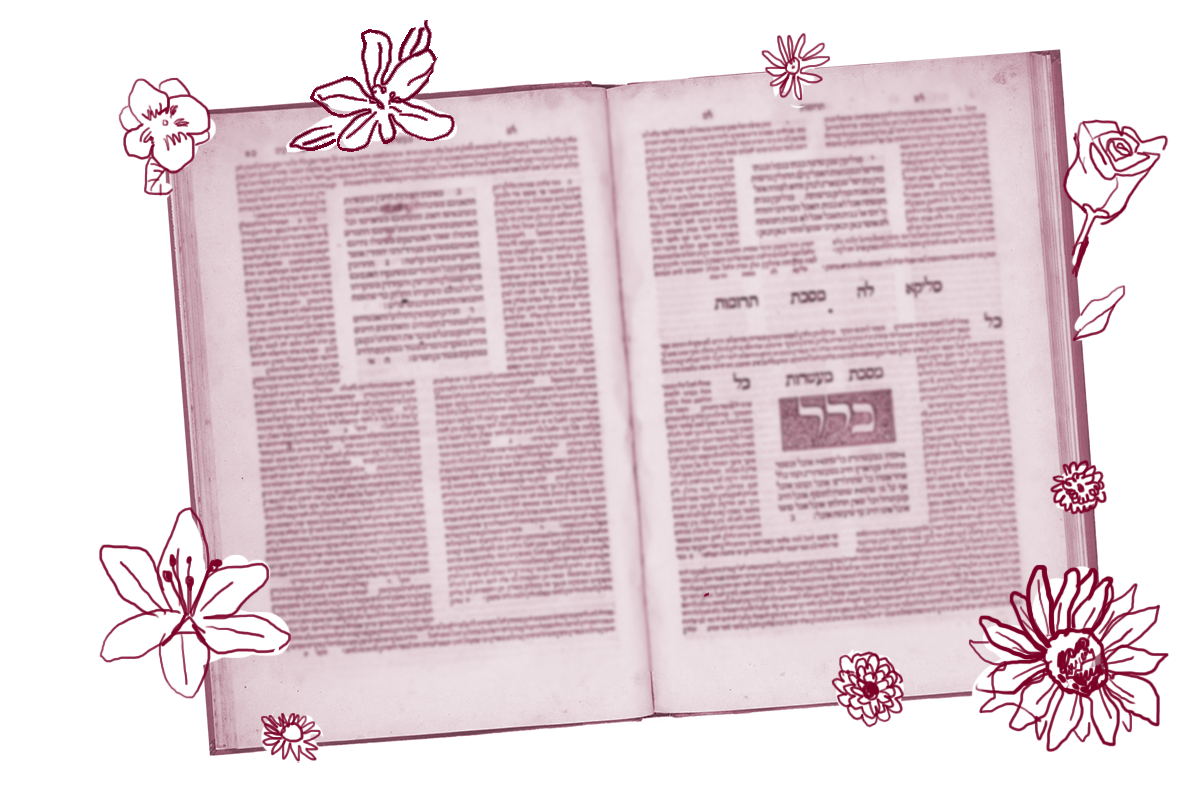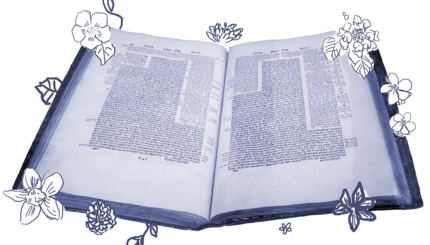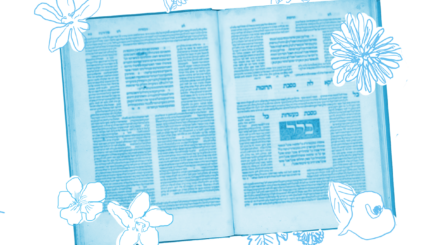Jews are commanded to study Torah every day. In Jewish liturgy and other sacred texts, there are frequent admonitions to make Torah study a “fixed practice” (Pirkei Avot 1:15).
Such habitual study is a noble goal, but how is a person who cannot spend hours in the study hall expected to fulfill the obligation of studying Torah, Mishnah and Gemara every day? The rabbis enacted an elegant solution: Insert a talmudic passage into the prayer book and make it part of the daily service. Then, when a person says the morning prayers, they can fulfill the mitzvah of fixed study at the same time.
Some of you can already guess the challenge: With so many texts to choose from, how do you pick? One of the texts the rabbis selected is found, perhaps unexpectedly, on today’s daf, where chapter 5 of Tractate Zevachim begins as follows:
What is the location of the slaughtering and consumption of offerings? The principle is that with regard to offerings of the most sacred order, their slaughter is in the north of the Temple courtyard.
The passage goes on to discuss the specific sacrifices that take place on Yom Kippur, and the location of the blood sprinkling.
According to the Shulchan Aruch (Orach Chayim 50:1), the sages chose this passage to represent the Mishnah. In many prayerbooks, it appears bookended by Numbers 28:9-15, which lays out the sacrificial offerings required for the Sabbath and for the beginning of each new month, and by Rabbi Yishmael’s 13 hermeneutical principles for interpreting the Torah and deriving Jewish law from the biblical text.
Why did the sages choose this mishnah? It is safe to guess they saw it as meritorious to study sacrifices in lieu of being able to offer them. But didn’t the verses from Numbers already deal with sacrifices? The author of the Shulchan Aruch, Rabbi Joseph Karo (1488–1575), elsewhere offered an answer. Writing in the name of Aharon ha’Levi, a 13th-century Spanish rabbi known as the Re’ah, he gives two reasons: because it was taught to Moses on Mount Sinai and transmitted without any changes to the rabbis, and because it contains no arguments.
No arguments? You read that correctly. This chapter is one of the only ones in the entire Mishnah in which the rabbis do not pose any disagreement, or makhloket, to the points of law set out. The rabbis are seemingly in total agreement with the eight mishnahs that make up the chapter. This is — to put it mildly — not what we’re used to. How can we understand it?
Rabbi Jay Kelman offers a suggestion: “It is this powerful notion of unity that the rabbis wanted to highlight every day of the year. It is precisely because it was the infighting amongst the people that led to the loss of the Temple, that the rabbis chose to highlight the unity surrounding the Temple service.”
And yet,, Rabbi Kelman continues, immediately after reciting a chapter that embodies unanimity, we continue with Rabbi Yishmael’s rules for debate. Indeed, many who pray daily skip over the mishnah and go right to Rabbi Yishmael. Kelman concludes: “It seems to me that such reflects the sad reality of the Jewish world, where we are great at makhloket but not so good at unanimity.”
While we can argue (see what I did there?) about the reasons for including or excluding Zevachim 5:1 in our own spiritual practice, it’s telling that the rabbis thought it worth reciting every day — along with the rules for debate. Ours is a rich and varied tradition, and orienting ourselves in both the need for agreement and the need for respectful dialogue seems to me a good way to set ourselves up for the challenges that each day brings.
Read all of Zevachim 47 on Sefaria.
This piece originally appeared in a My Jewish Learning Daf Yomi email newsletter sent on October 31, 2025. If you are interested in receiving the newsletter, sign up here.
With your help, My Jewish Learning can provide endless opportunities for learning, connection and discovery.



